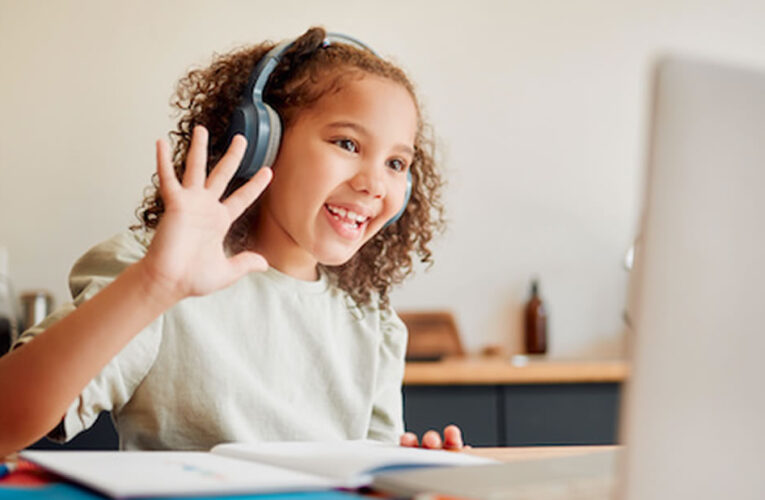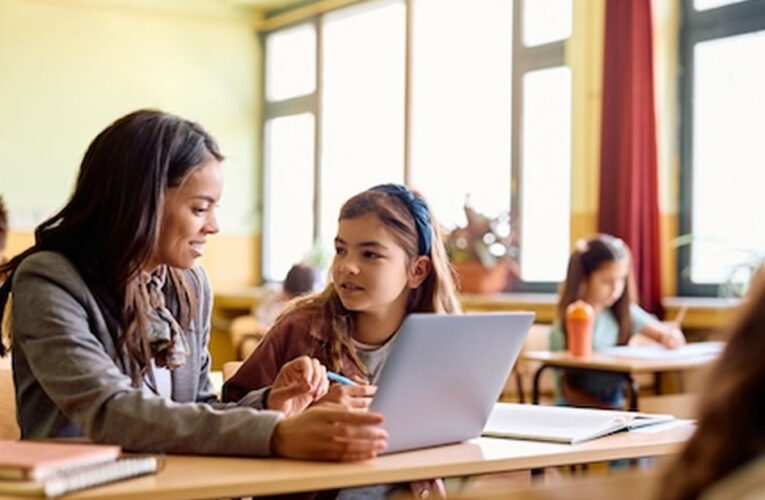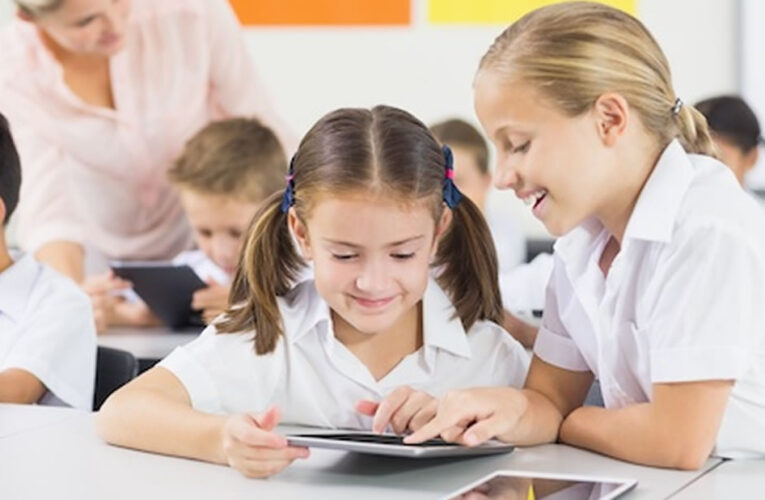More gifted students need accelerated paths
The rise of video conferencing means some students can Zoom into higher-level math courses, reducing transportation barriers
This story was originally published by Chalkbeat. Sign up for their newsletters at ckbe.at/newsletters. I went to high school at age 11. Within two years, I had run out of math and Spanish classes there, so I walked from my public school campus to nearby Lewis and Clark College to … Read More









